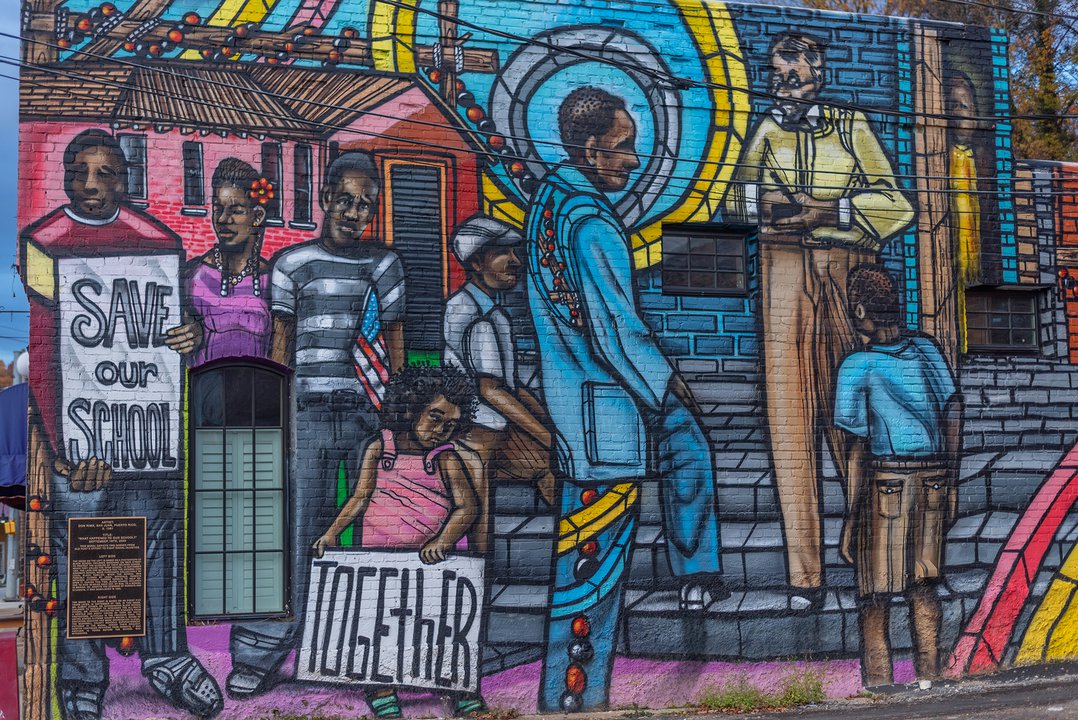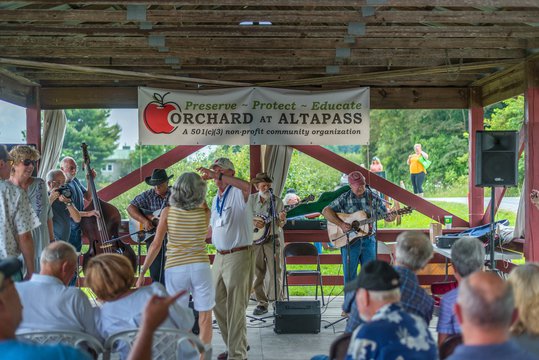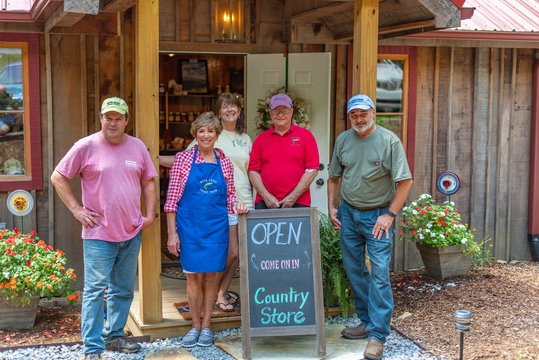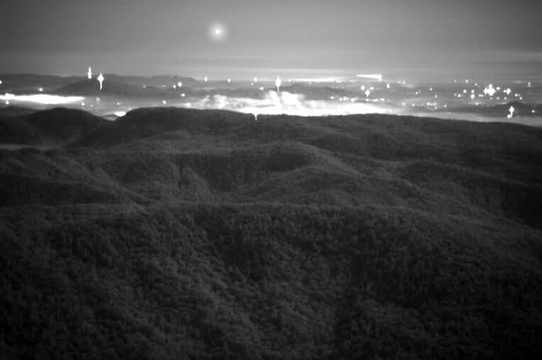As in many areas of the United States, the growth and culture of the Blue Ridge Mountains owe much to the contributions of the African Americans who have lived and worked here for more than 200 years.
Thanks to the dedicated grassroots efforts of many community leaders, their stories are being uncovered and celebrated in new ways. Here are some of the places you can visit to learn more about Black history in this part of Western N.C.
Historic Carson House
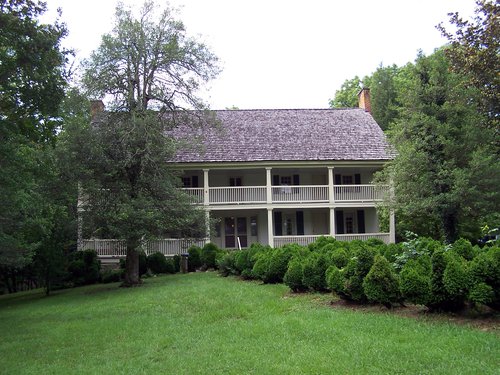
Although stories of slavery are often not as visible in Appalachia as they are in the areas of the South that were marked by enormous plantations, the unpaid labor of enslaved people was just as much a part of the economy of the Blue Ridge Mountains as it was elsewhere.
The first documented enslaved person arrived with the first non-native settlers to this region in the 1780s, and as the population grew, enslaved people were the primary source of labor on large farms and in many restaurants and hotels serving visiting tourists.
An exhibit on the second floor of the historic Carson House in Marion tells the stories of the people whose craftsmanship built the three-story plantation home, forged tools for use on the farm and produced food and textiles for the Carson family. Visit the Carson House from April to November for a guided tour.
More of the story: Listen to the first-person narrative of Sarah Gudger, who was born into slavery in Old Fort in 1816 and shared her story with the Federal Writer’s Project when she was 121 years old.
Railroad Incarcerated Labor Memorial at Andrews Geyser
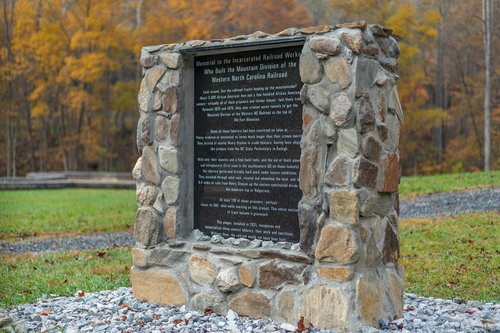
The arrival of the railroad in the Blue Ridge Mountains was a significant turning point in the growth of the region. Completing a pivotal section of the Western North Carolina Railroad from Old Fort to the Swannanoa Valley was a huge feat of engineering and construction — and more than 90% of those who achieved it were incarcerated Black men.
After the Civil War, many Southern states began using convict labor as a replacement for slave labor, and dozens of unjust laws allowed those convicted of minor or even baseless charges to be shipped off to work on the railroad. Unsurprisingly, most of these convict laborers were Black men, many of them formerly enslaved.
The RAIL Project organized a new memorial marker at Andrews Geyser to remember the more than 3,000 incarcerated laborers who worked to build the railroad and the 125-300 individuals who lost their lives to cave-ins, landslides and other tragedies.
More of the story: Learn more about the history of the Western North Carolina Railroad and the RAIL Project.
Old Fort Together Mural
In 2020, People on the Move for Old Fort — a Black-led community group — raised funds for a mural that would celebrate the history and contributions of the Black community in Old Fort by telling the stories of two historic events.
The left side of mural, painted by artist Don Rimx, depicts a 1950 protest in which Black school children marched on Main Street to oppose the closure of Catawba View Grammar School. Without a local school, the children had to ride the bus 30 miles to the segregated school in Marion each day. In an effort to fight the closure, parents retained attorney George Sandlin, whose office was located once in the building on which the mural is painted.
The right side of the mural illustrates a second event in 1955 — one year after the Supreme Court decision in Brown vs. Board of Education — where Mr. Albert Joyner, Sr. accompanied a group of Black school children to request to integrate the local white school. Their request was denied, and it would be another decade before McDowell County schools would integrate.
Visit the mural at the Catawba Vale Business Hub in downtown Old Fort.
More of the story: Watch an 8-minute documentary about the creation of the artwork.
Hike New Pisgah Forest Trails in 2023
Another of People on the Move for Old Fort’s projects has been collaborating with the G5 Collective to advocate for greater and more equitable access to the outdoors.
In cooperation with Camp Grier, Eagle Market Streets Development and the National Forest Service, the group proposed 42 miles of new trails for the Grandfather District of Pisgah National Forest.
The Old Fort Trails Project was approved in late 2021, and the first sections of trails opened to hikers in summer 2022. Even more trails will be added to this system in 2023.
More of the story: Meet Lavita Logan, project consultant for People on the Move for Old Fort, and read about how spending her childhood outdoors has inspired her work.
Check out these additional resources for more information:
- “Local historians honor forgotten railroad workers,” Mountain Xpress, September 27, 2020
- “Mural to honor pioneering civil rights movement in Old Fort,” The Valley Echo, August 31, 2020
- “Black and nearly nameless in the Swannanoa Valley,” Black Mountain News, February 8, 2018
- “New exhibit chronicles early African-American culture in McDowell,” The McDowell, News, August 8, 2011

